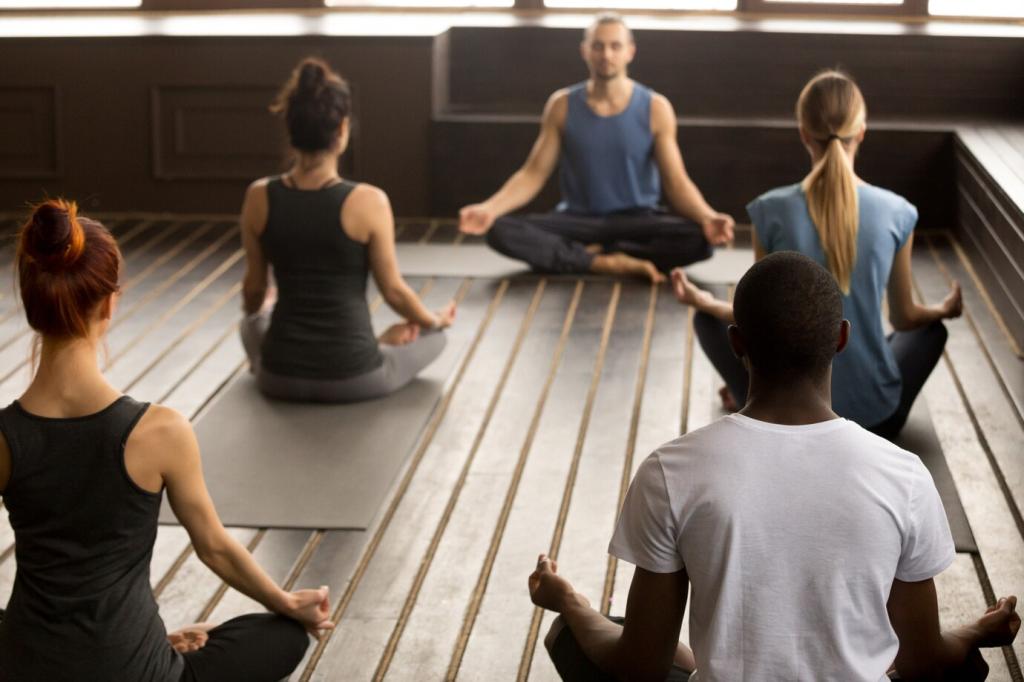A 10-Minute Locker Room Routine
Sit tall on a bench, feet flat, helmet or ball resting on your lap. Inhale through the nose for four, hold for four, exhale for six. Repeat. With each exhale, imagine dropping unnecessary tension into the floor. Let ambient locker room noise pass without grabbing your attention.
A 10-Minute Locker Room Routine
Move attention from jaw to shoulders, ribs, hips, quads, calves, and feet. Wherever you find a knot, take two slow breaths and release one percent more tightness. Imagine your muscles primed yet spacious, ready to fire cleanly. Note any hotspots you’ll stretch lightly during warm-ups.





